Carnivals are a spectacle of culture, tradition, and unbridled joy, celebrated with fervor across the globe. They are celebrated for various reasons, but some common themes include ushering in spring, the preparation for the season of Lent in Christian traditions, and the expression of social and cultural identity. Let's embark on a vibrant journey through some of the most significant carnivals globally, exploring their locations, timings, and what makes each of them truly special.
Arguably the biggest and most famous carnival in the world, the Rio Carnival attracts millions of visitors with its samba schools' parades, elaborate floats, and extravagant costumes. The festival takes place just before Lent, showcasing Brazilian culture at its most vibrant.
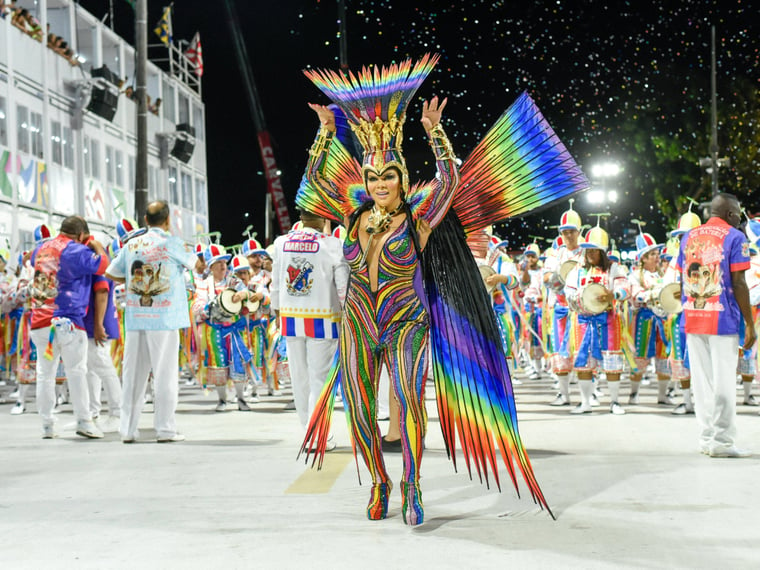
IMAGO / Fotoarena / Carlos Santtos
Known for its stunning masks and costumes, the Venice Carnival has historical roots dating back to the 12th century. The city transforms with masquerade balls, gondola parades, and street performances, creating a magical atmosphere.
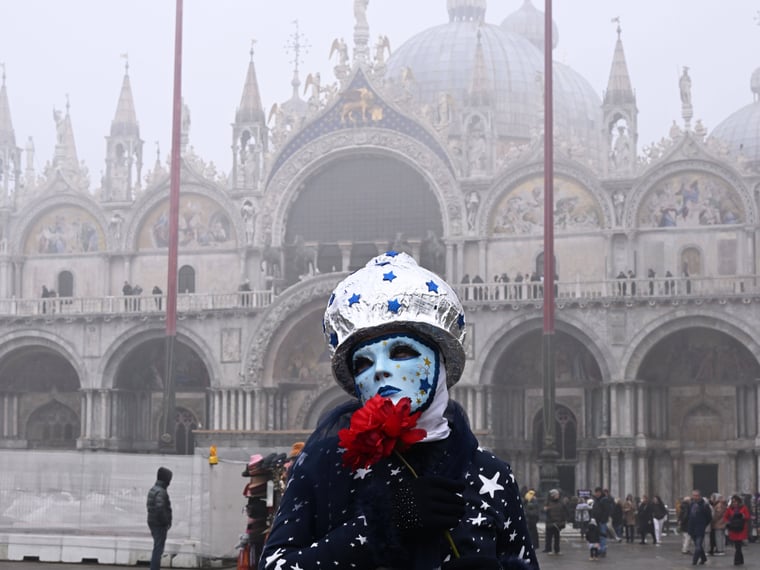
IMAGO / Xinhua / AlbertoxLingria
Notting Hill Carnival, London, UK
Celebrating Caribbean heritage, the Notting Hill Carnival is Europe's largest street festival, which is held annually in August. It features calypso music, steel drum bands, and flamboyant dancers, transforming the streets of West London into a Caribbean extravaganza.
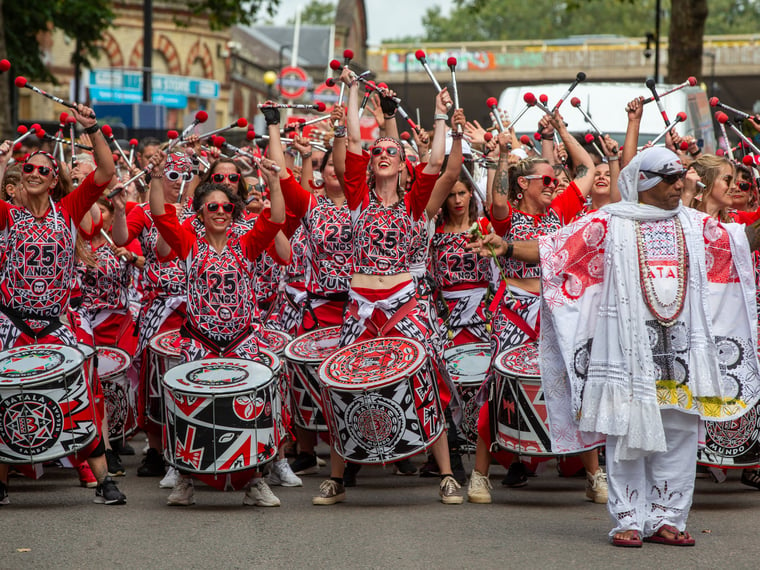
IMAGO / ZUMA Wire / Tayfun Salci
Mardi Gras, or Fat Tuesday, is the culmination of the New Orleans Carnival season, featuring vibrant parades, street parties, and dazzling balls. Known for its colorful beads and eclectic music, it's a lively and inclusive celebration of culture and excess.
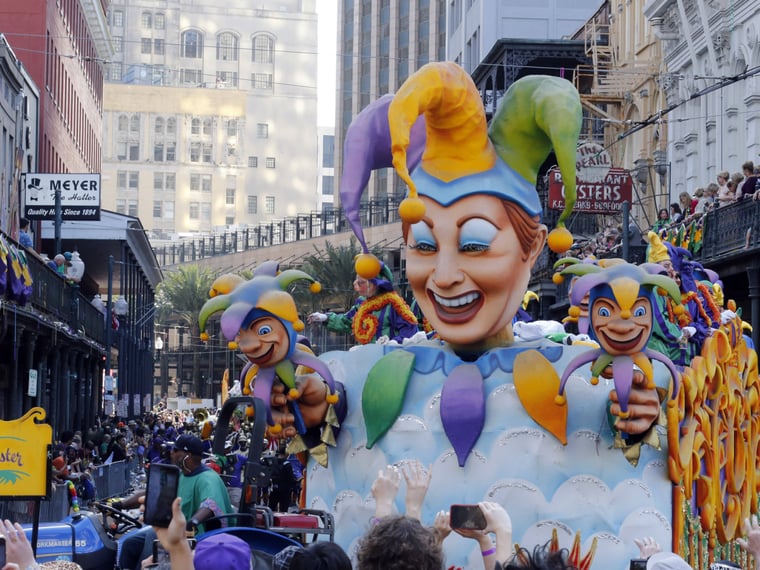
IMAGO / UPI Photo
Recognized by UNESCO for its cultural significance, Barranquilla's Carnival is a colorful fusion of dance, music, and costumes. It celebrates Colombia's ethnic diversity and folklore, making it one of the country's most important cultural festivals.
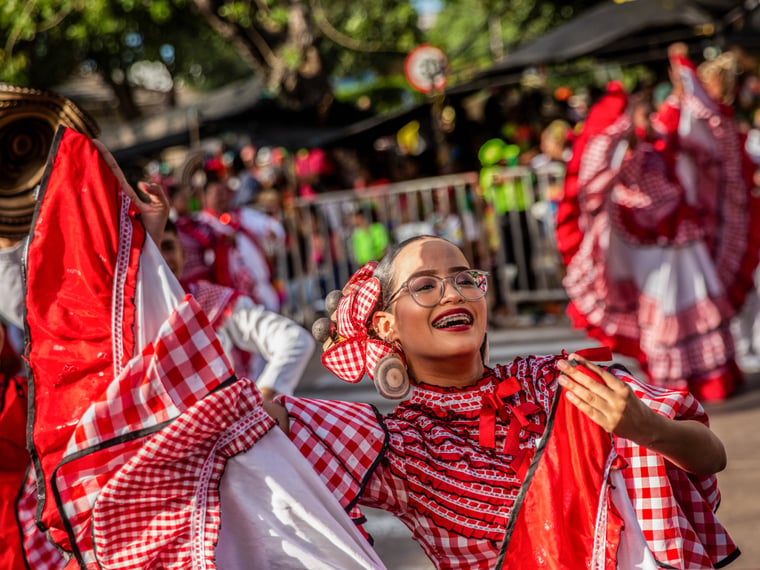
IMAGO / SOPA Images / Antonio Cascio
Cologne Carnival, Germany
One of Europe's oldest carnivals, Cologne's celebration is marked by parades, balls, and the tradition of "Karneval," where the city indulges in festivities that include costume parties and street performances.
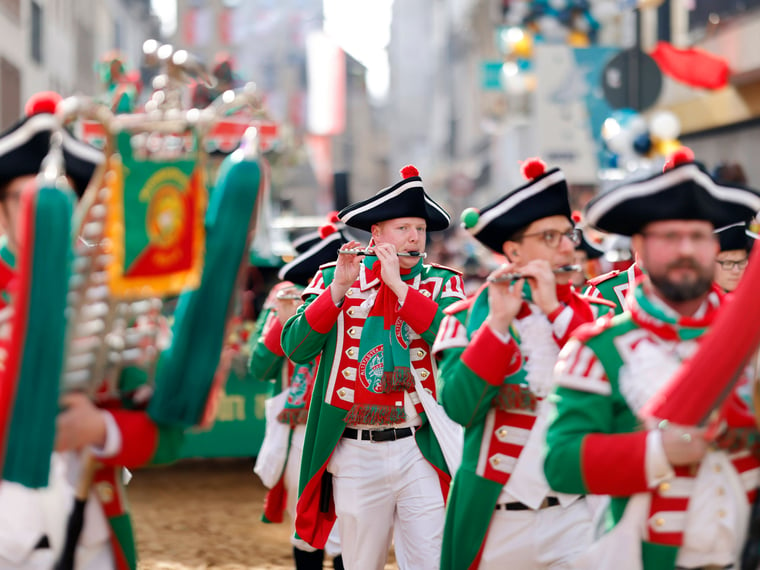
IMAGO / Panama Pictures / Christoph Hardt
The timing of these celebrations just before Lent is significant in that it reflects the human desire for balance between celebration and sobriety, excess and restraint, joy and reflection. This juxtaposition enhances the cultural and spiritual significance of both the carnival and the Lenten season that follows, embedding these traditions deeply within the social and religious fabric of communities around the world.
